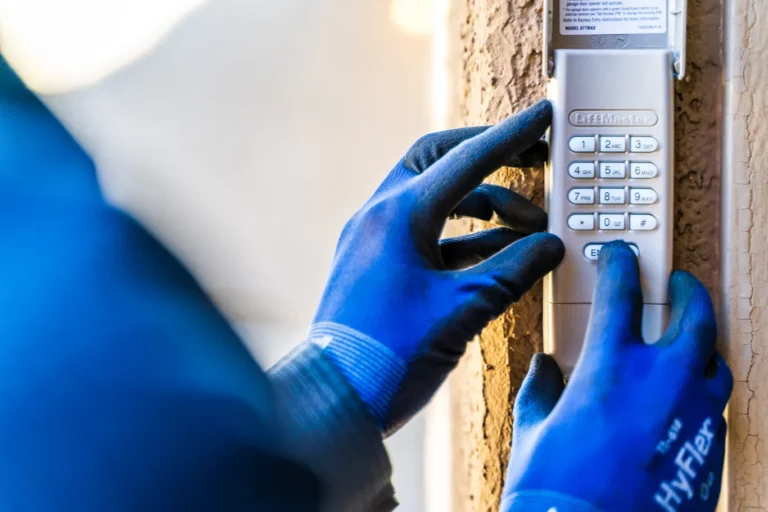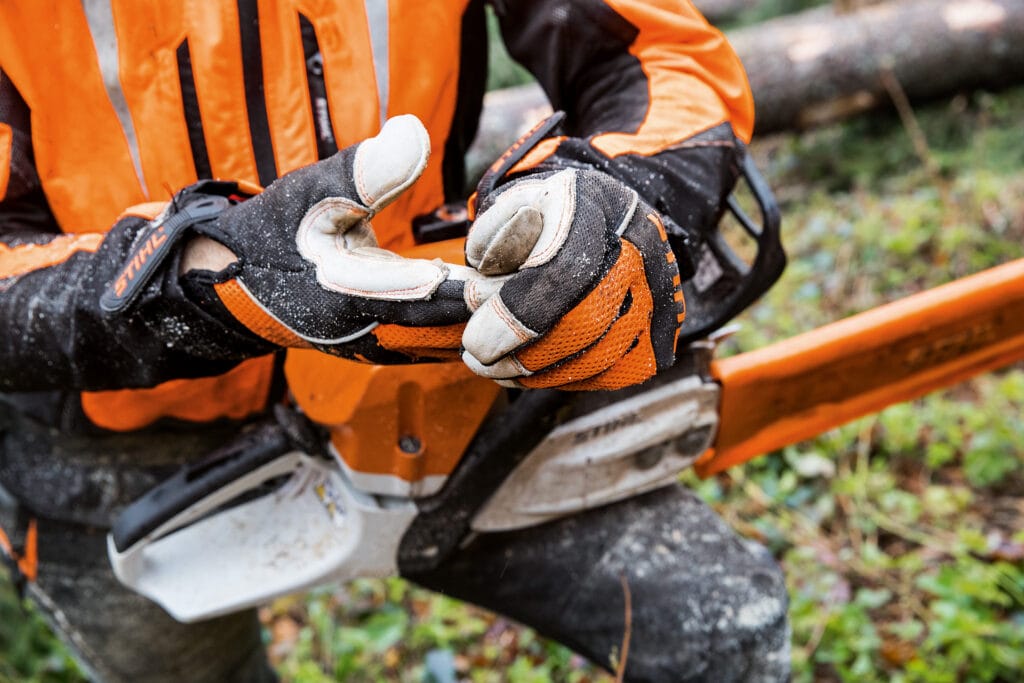
Working around live electricity without proper gloves is a recipe for disaster. Electrical insulating gloves serve as the primary defense against deadly shocks, but the reality is that many companies still overlook proper class selection, testing intervals, and storage practices. This comprehensive guide digs into ASTM D120 and IEC 60903 standards, explains voltage classifications, adds real-life failure cases, and gives you a buyer roadmap to avoid catastrophic mistakes.
Electrical insulating gloves protect against electric shock by resisting voltage up to defined limits. ASTM D120 and IEC 60903 classify gloves into Classes 00–4 based on voltage ratings. OSHA mandates gloves be tested every 6 months and stored properly. Leather protectors must be worn over rubber gloves to prevent punctures.
Why Electrical Insulating Gloves Are Critical
- Contact with live electrical circuits as low as 50V can be fatal.
- OSHA 29 CFR 1910.137: Employers must provide insulating gloves for energized work.
- Average electrical incident cost: $150,000–$750,000 including downtime and lawsuits.
Expanded Real-World Incidents:
Case #1 – U.S. Manufacturing Plant:
An electrician repairing a 480V panel used gloves last tested 18 months ago. A micro-tear allowed current through, causing a flashover and burns to both arms. 4 months off work, cost: $230,000 + $85,000 OSHA penalty. Prevention: Semi-annual dielectric testing.Case #2 – Power Utility, Brazil:
A lineman wore gloves two classes below the required voltage while repairing a 13.8 kV line. The gloves failed instantly, leading to permanent disability. Direct cost: $400,000 in compensation, indirect loss: major contract penalties.Case #3 – Construction Site, Canada:
A worker adjusting an energized 240V breaker without insulating gloves suffered cardiac arrest. Investigation revealed inadequate PPE policy and lack of enforcement. Litigation: $500,000 settlement plus insurance premium hikes.Case #4 – Oil Refinery, Middle East:
Maintenance team stored gloves in direct sunlight, degrading the rubber. Gloves cracked under stress, leading to an arc flash event. Damage: $1.2M equipment loss. Lesson: Storage is as important as purchase.
Understanding ASTM D120 & IEC 60903 Standards
These standards define insulating gloves for electrical safety:
| Class | Max Use Voltage AC | Typical Applications |
|---|---|---|
| 00 | 500 V | Appliance repair, low-voltage panels |
| 0 | 1,000 V | Control circuits, HVAC systems |
| 1 | 7,500 V | Industrial maintenance, switchgear |
| 2 | 17,000 V | Medium-voltage distribution lines |
| 3 | 26,500 V | High-voltage substations |
| 4 | 36,000 V | Transmission systems |
Key Compliance Points:
- Gloves must be labeled with class and test date.
- Leather protectors are mandatory to prevent cuts and abrasions.
- Liners recommended for comfort and moisture control.
Inspection, Testing & Care Requirements
- Visual Check Before Use: Look for cracks, punctures, swelling, or ozone cuts.
- Air Test: Inflate glove, check for leaks.
- OSHA Testing Frequency: Every 6 months via accredited lab.
- Storage Best Practices:
- Use glove bags (canvas or leather).
- Store in cool, dark, ventilated areas away from heat and chemicals.
- Cleaning: Mild soap and water; avoid solvents or petroleum products.
Buyer Insight: Gloves exposed to oil or high heat deteriorate faster—shorten inspection intervals.
Common Buyer Mistakes
- Wrong class selection—using Class 00 gloves for 480V work.
- Ignoring test date stamps, leading to OSHA violations.
- Storing gloves near UV light or heat, causing premature degradation.
- Using gloves without leather protectors, resulting in mechanical damage.
The Real Cost of Non-Compliance
- OSHA fines: up to $15,625 per violation.
- Severe injury claims: $250,000–$500,000.
- Equipment loss: millions in arc-flash damage.
- Lost contracts due to failed safety audits.
Audit Insight: 1,900+ OSHA citations in 2023 involved expired or untested electrical gloves.
Quick Procurement Checklist
- [ ] Confirm ASTM D120 / IEC 60903 compliance.
- [ ] Match glove class to highest possible voltage exposure.
- [ ] Add leather protectors and glove liners.
- [ ] Verify test date and maintain a tracking system.
- [ ] Order proper storage bags and inspection tools.
- [ ] Train staff on inspection, care, and correct donning/doffing.
Buyer FAQ
Q: How often should gloves be tested?
A: Every 6 months by a certified lab, regardless of frequency of use.Q: Can one glove work for all voltages?
A: No. Voltage rating depends on glove class. Always choose based on job risk.Q: Why use leather protectors?
A: They protect rubber from cuts and abrasions—damage makes gloves unsafe.
Additional Buyer Insights
- Use color-coded storage to separate glove classes.
- Implement barcode tracking for test dates and inspections.
- For cold climates, choose gloves with removable thermal liners for comfort.
Conclusion
Electrical insulating gloves are life-saving PPE, but only when the right class is chosen, testing is current, and storage is proper. Compliance failures cost companies millions—not to mention lives.
Need ASTM/IEC certified gloves with testing and storage solutions?
📩 Email: [email protected]
🌐 Website: www.workwearsolutions.net
Zion Zhang
Recent Posts
 PPE Distributor Success Stories: From Small Orders to Large Contracts2025年8月20日I’ll never forget the story of a small distributor in […]
PPE Distributor Success Stories: From Small Orders to Large Contracts2025年8月20日I’ll never forget the story of a small distributor in […] How to Build a Strong PPE Sales Channel in Emerging Markets: A Buyer’s Guide2025年8月20日I was in a meeting with a distributor from Lagos, Nigeria, […]
How to Build a Strong PPE Sales Channel in Emerging Markets: A Buyer’s Guide2025年8月20日I was in a meeting with a distributor from Lagos, Nigeria, […] PPE Supplier Risk Management: How to Avoid Supply Chain Failures2025年8月20日One of the most valuable lessons I’ve learned in the PPE […]
PPE Supplier Risk Management: How to Avoid Supply Chain Failures2025年8月20日One of the most valuable lessons I’ve learned in the PPE […] PPE Quality Inspection: Buyer Case Studies2025年8月20日When you’re sourcing PPE from international suppliers, […]
PPE Quality Inspection: Buyer Case Studies2025年8月20日When you’re sourcing PPE from international suppliers, […] PPE Negotiation Tactics for Emerging Markets: A Buyer’s Guide2025年8月20日When I first started working in the PPE industry, I learned […]
PPE Negotiation Tactics for Emerging Markets: A Buyer’s Guide2025年8月20日When I first started working in the PPE industry, I learned […] Customizing Workwear & PPE for Local Markets: A Practical Guide2025年8月20日When I first started working in the PPE industry, I saw a […]
Customizing Workwear & PPE for Local Markets: A Practical Guide2025年8月20日When I first started working in the PPE industry, I saw a […]
CONTACT US
- Feel free to contact us any time. We will get back to you as soon as we can!
- +86-17330061805
